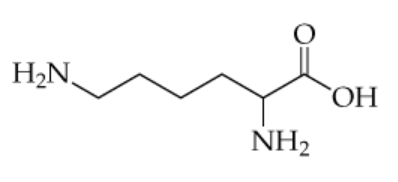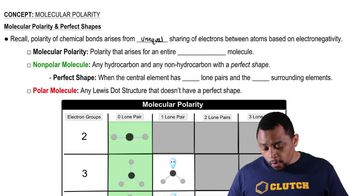Complete the following equations (Hint: Answers may include concepts learned from previous organic chapters):
c.

 Verified step by step guidance
Verified step by step guidance Verified video answer for a similar problem:
Verified video answer for a similar problem:



 1:32m
1:32mMaster Acid-Base Reaction Concept 1 with a bite sized video explanation from Jules
Start learning